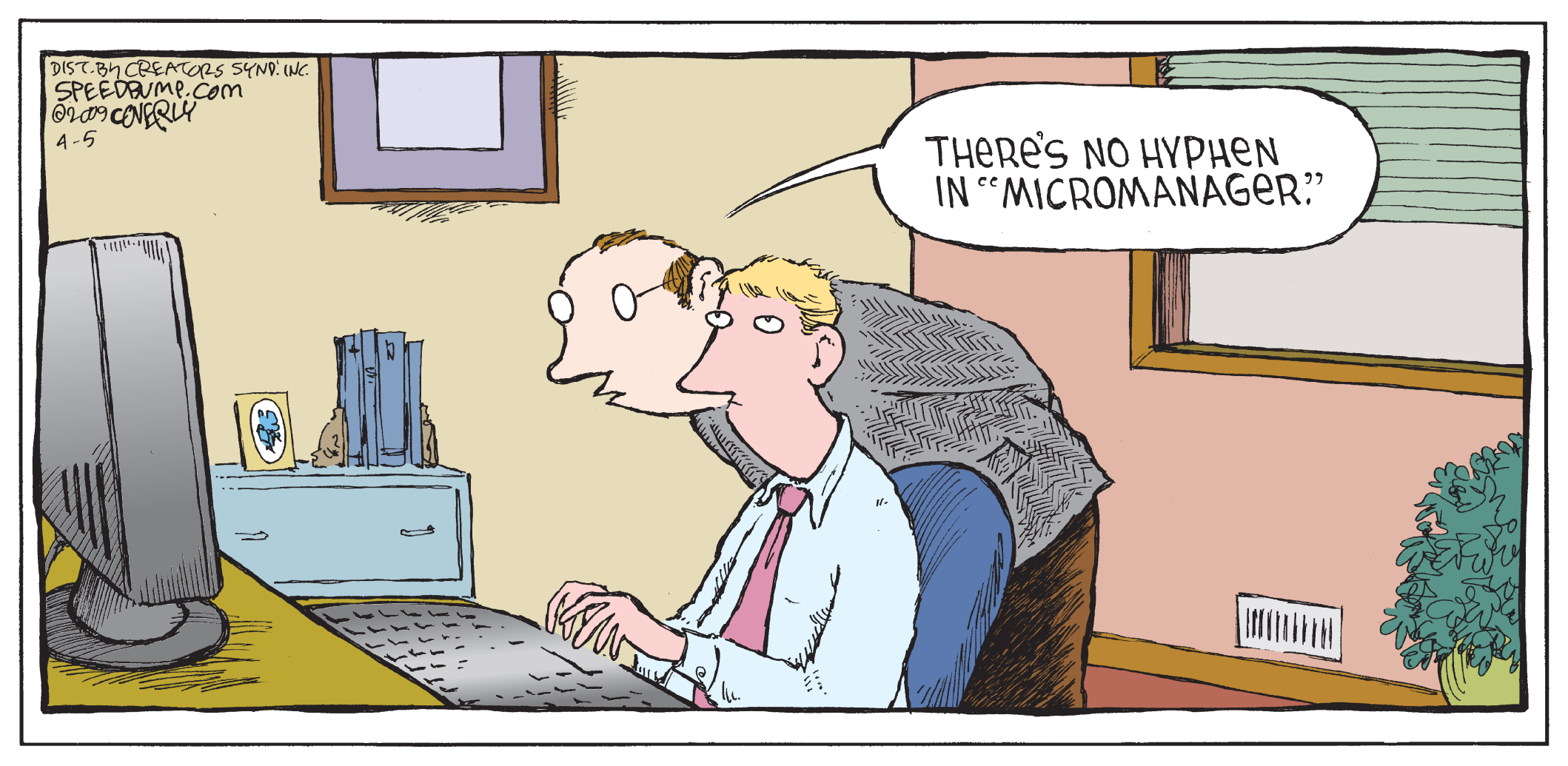When I worked for one of Canada’s big banks, we had an executive that insisted on final signoff for all training. That was fine, but she regularly wordsmithed the work sending us back several stages in our development effort. The feedback was not considered ‘value add’ and instead indicated a lack of trust in her management team.
For this reason, micromanagement has become a bad word. I used to get very self conscious when managing teams and the term came up.
But let’s reflect on one of the central roles of the leader: managing risk. When risk increases, your need to mitigate and conduct due diligence increases. When swapping out radioactive rods at the nuclear power plant, we want a higher level of oversight. When your executive’s reputation is on the line, there is extra duty of care in reviewing the presentation materials. There is a time and place for the micromanager to emerge.

Therefore, the first point in mastering micromanagement is to use it in the right situation. Here are some examples:

Micromanage as risk dictates and ensure your planned level of checking will add value to the process. If you are finding faults, consider what employees need to raise their level of accuracy. Do NOT continue to micromanage without a plan to raise performance: coaching, training, rewards, replacement, etc. With no plan to change the situation, you are just doing their work for them.
So, if micromanagement is the right move as risk increases, why is it viewed so negatively? To master micromanagement we must consider the tone of delivery. For example:
“Don’t do anything without my approval. I’ll be checking all of your work.”
vs.
“I want to protect both you and I from negative fallout. I’ll be checking your work to ensure we’re safe.”
As my parents taught me, often it’s not what you say, it’s how you say it. Negatively toned micromanagement is never appreciated. It puts people on edge and creates resentment. That’s a performance killer. Expressed properly – as a support – the same checking work can reinforce your role as an accountable leader for your team. Done right, it allows failures to be used as opportunities to learn and grow.
Changing Your Mind
Think about a high intensity or high risk situation you are currently facing. Consider:
- How can micromanagement help reduce risk and ensure a positive outcome?
- How can you explain the need to check work closely so that it acts as a trust builder?
- What words, posture, and tone convey the most positive message?
My best clients role play these situations with me to ensure their messaging comes off right. Practice makes a big difference for sending the right message.
Micromanagement is a tool used by leaders to manage risk. Don’t fear the word. Embrace it.
Thoughtfully yours,
Jeff Skipper



